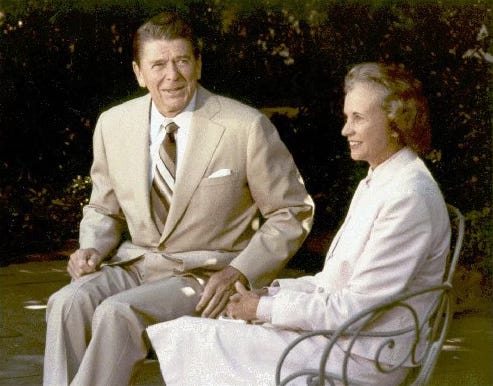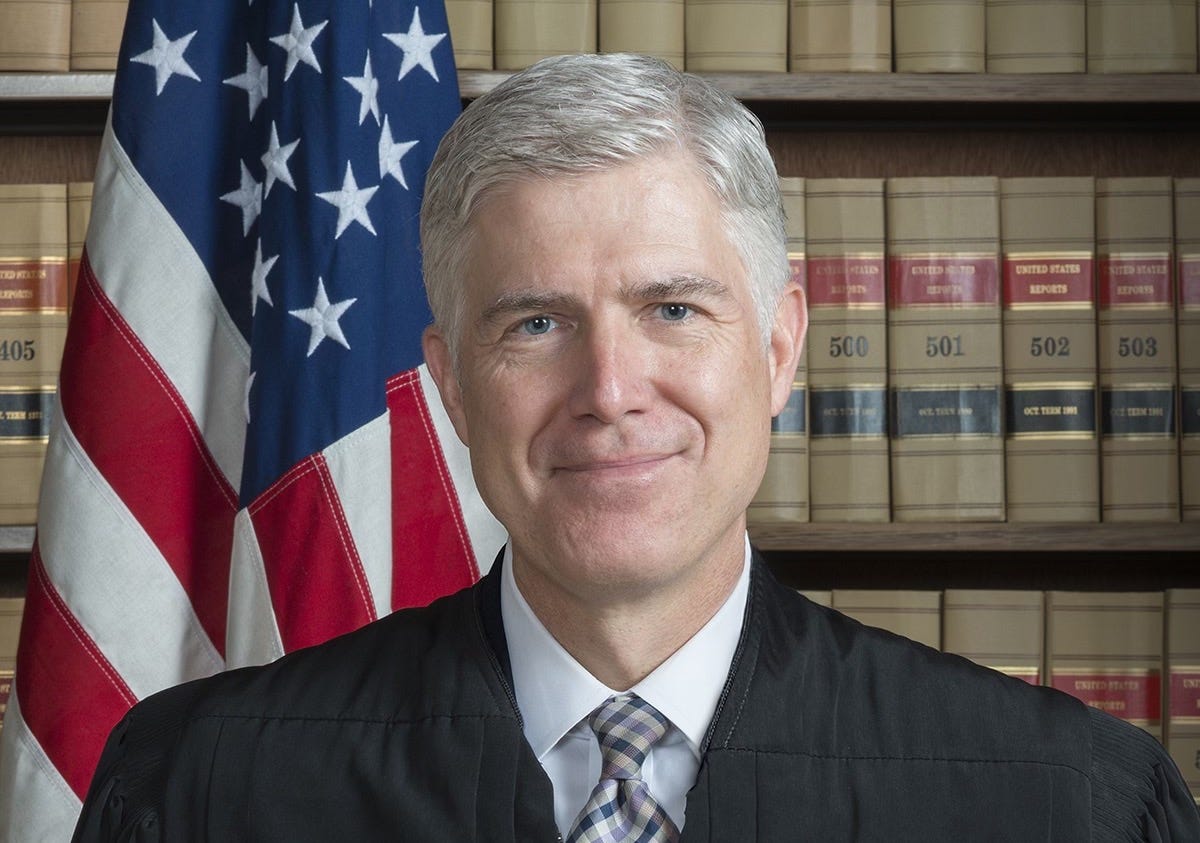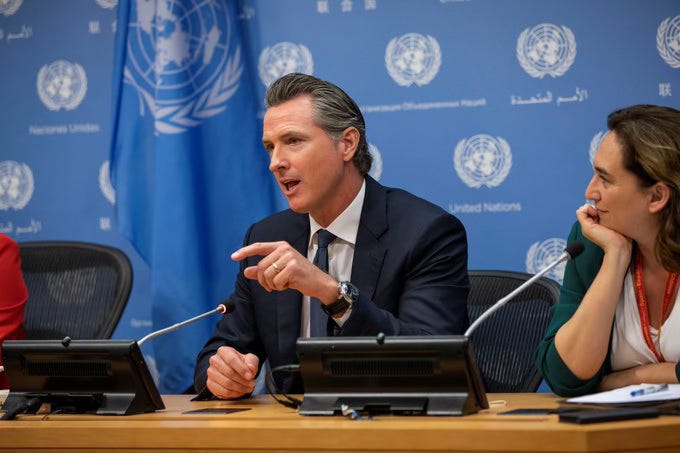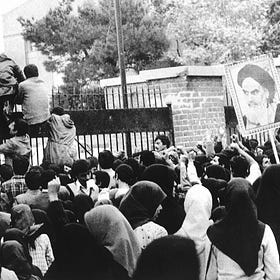The Supreme Court majority's nightmare is President Alexandria Ocasio-Cortez
Justice Neil Gorsuch worries about giving presidents too much power
It was a coincidence that the U.S. Supreme Court happened to hear a major challenge to President Donald Trump’s tariffs on the morning after Democrats routed Republicans in the off-year elections. But certainly the blow-out results in Virginia, New Jersey and New York City had to disturb the tranquility of at least a few of the court’s six conservative justices.
The court’s majority has come to the rescue of the Trump administration when lower courts stayed its flagrant assertions of presidential power. Even before Trump took office, the court declared in Trump v. United States that presidents have absolute immunity when acting in their official capacity. On the court’s docket for this term are cases that could grant Trump the power to remove the members of independent agencies, including the Federal Reserve Bank, and to redefine the meaning of “birthright citizenship.”
But what if the president in question is a Democrat, like Alexandria Ocasio-Cortez or Gavin Newsom, rather than Donald Trump or J.D. Vance? How comfortable would the conservative justices be with a president who uses Trump-like powers on behalf of progressive causes?
Mark Sherman of the Associated Press pointed out that during Joe Biden’s “presidency, conservative majorities made it harder to fight climate change under existing law and blocked several actions related to the coronavirus pandemic. The court ended a pause on evictions, prohibited a vaccine mandate for large businesses and rejected Biden’s $500 billion student loan forgiveness program.”
So far, there’s little sign of the court being equally harsh on the Trump administration’s actions.
Wheels in motion
You could see the wheels turning in the mind of Justice Neil Gorsuch when he spoke in Wednesday’s hearing of a “one-way ratchet” of increasing presidential power.
Explaining what worried Gorsuch requires us to delve into the issue at hand. To impose his sweeping tariffs, Trump relied on the president’s emergency power as spelled out in a law called IEEPA (International Emergency Economic Powers Act).
While that 1977 law was designed to prevent presidents from overusing emergency powers, in practice it has been used to declare dozens of emergencies, some of which have lasted for decades. In 1983, the Supreme Court neutered a key feature of the law that enabled Congress to end a presidential emergency with simple majority votes in both houses. Now Congress can only end an emergency if it has a veto-proof two-thirds majority in the House and Senate.
IEEPA gives presidents the power to “regulate” trade with other countries in an emergency. The question before the court is whether imposing broad tariffs, as Trump did, is a valid exercise of that power to regulate trade.
That brings us to the key hypothetical question raised in Wednesday’s hearing. Justice Sonia Sotomayor, the court’s most senior liberal, asked the lawyer representing President Trump, Solicitor-General John Sauer, if President Joe Biden could have legally forgiven student loans if he justified it as part of a global climate change emergency under IEEPA. Sauer said he didn’t think so.
Then Gorsuch followed up, asking: “Could the President impose a 50-percent tariff on gas-powered cars and auto parts to deal with the unusual and extraordinary threat from abroad of climate change?”
GENERAL SAUER: It’s very likely that that could be done, very likely.
JUSTICE GORSUCH: I think that has to be the logic of your view.
GENERAL SAUER: Yeah. In other words, I mean, obviously, this Administration would say that’s a hoax, it’s not a real crisis, but -- but, obviously --
JUSTICE GORSUCH: I’m sure you would.
GENERAL SAUER: Yes, but that would be a question for Congress under our interpretation, not for the courts…
JUSTICE GORSUCH: Okay. You emphasize that Congress can always take back its powers. You mentioned that a couple of times. But don’t we have a serious retrieval problem here because, once Congress delegates by a bare majority and the President signs it — and, of course, every president will sign a law that gives him more authority — Congress can’t take that back without a super majority.
What president’s ever going to give that power back? A pretty rare president…
So Congress, as a practical matter, can’t get this power back once it’s handed it over to the President. It’s a one-way ratchet toward the gradual but continual accretion of power in the executive branch and away from the people’s elected representatives.
Climate change
President Donald Trump, who views climate change as a “hoax,” is never going to declare an emergency over it, and wouldn’t try to tax the auto or fossil fuel industries to lessen carbon emissions. But what Sotomayor and Gorsuch are talking about is the very real possibility that a Democratic president could take those kinds of steps. And if the court allows Trump to employ a wide suite of emergency powers, it logically (if not in actual fact) has to be content with the idea that presidents with very different policy views can do so as well.
California Gov. Gavin Newsom, who seems likely to be a leading contender for the 2028 Democratic presidential nomination, is slated to be the highest-ranking US official at next week’s United Nations climate change conference in Brazil. The Trump administration isn’t sending any senior officials to the conference.
Ocasio-Cortez, who is considered a possible contender for the Democrats in 2028, made climate issues a key focus of her run for Congress and introduced legislation for a “Green New Deal” that was not enacted.
Mr. Dooley
In the 1890s, Chicago newspaper writer Finley Peter Dunne created “Mr. Dooley,” a fictional bartender with a homespun philosophy who opined in an Irish dialect about the politics of the day. Commenting on the Supreme Court’s rulings limiting the rights of residents of U.S. territories, Dooley said, “The Supreme Court follows the election returns.”
Scholars have clashed for decades over Mr. Dooley’s contention. They disagree about whether public opinion significantly influences how the court rules. But there is no doubt the justices do pay attention to the political atmosphere, even when they choose to go against the majority view of the public.
In fact, there’s documentary proof of it. Three scholars at George Washington University found in the archives of former Justice Harry Blackmun a tally sheet distributed by Chief Justice William Rehnquist in the presidential election month of November, 1992. The document recorded predictions from six members of the court who bet small sums of money on which presidential candidate would win each state.
The political scientists Forrest Maltzman, Lee Sigelman and Paul J. Wahlbeck wrote in a journal article in 2004 that “Rehnquist, it turns out, was engaged in an activity familiar to most Americans but hitherto not recognized as one of the functions that a Chief Justice is supposed to perform: running an office pool. Mr. Dooley was literally correct: the Supreme Court does follow the election returns.”
Some justices proved to be better bettors than others. Sandra Day O’Connor won the most — $18.30. Harry Blackmun came away with $1.70. Anthony Kennedy lost $2.30. Clarence Thomas lost $5.10. And John Paul Stevens and Rehnquist were the biggest losers — each lost $6.30.
Clarence Thomas is still on the court. Three of his five conservative colleagues were appointed by Trump.
We don’t know if the Supreme Court runs an office pool on elections these days. But the justices are no doubt mulling over Tuesday’s results. When they rule on the tariffs, will they just be thinking about Trump’s presidency — or with an eye to who may occupy the White House next?

For more on presidential emergency powers:
The art of the emergency
When Iranian students chanting anti-American slogans gathered in front of the U.S. Embassy in Tehran at about 10:30 on the morning of November 4, 1979, it seemed that they would be following other groups heading to a planned demonstration at the nearby university.







This court is far and away the most partisan, political, dishonest, and intellectually dishonest SCOTUS in 249 years of US history.
At the moment, John Roberts is thinking about one thing only: how to "protect" -- or completely rewrite -- his legacy of lies in his confirmation hearings, rulings that are 180 degrees opposed to the clear wording and documented meaning of the Constitution's writers, and willingness to kneel down to a strongman Republican president no matter the cost to the nation and the destruction of its polity.
But that worry -- akin to Susan Collins's "concern" about everything that terrifies actual patriotic Americans -- will not stop him from subordinating the Court to the wishes of Trump and the billionaires who have funded them both, in particular Leonard Leo, and suborning anti-constitutional treason at every opportunity.
So don't look for this SCOTUS to hold back, despite the returns from election night 2025. Two or three members of the far-right six might balk at some overreach once or twice in each session in the coming three years -- Kavanaugh the beer-guzzling sexual predator; Gorsuch the son and philosophical heir of the anti-environementalist Anne Burford Gorsuch; Coney-Barrett the liar and no-recusal hypocrite -- but the majority will always hold. Alito and Thomas, plus two of the above and Mr. Roberts, will invariably find a way to kowtow to the regime, each of them taking a turn to disagree, but never more than two of them, lest Trump lose.
The perfect parallel to this court's hypocrisy and corruption is Mitch McConnell "allowing" a senator or two to "vote their consciences" -- i.e., agree to the demands of their constituents -- in order to show independence . . . as long as it doesn't threaten the 50-percent-plus-one he needed.
In what world would this SCOTUS not make one ruling for a GOP president and a completely opposite and contradictory one for a Democratic president? There is no such world.